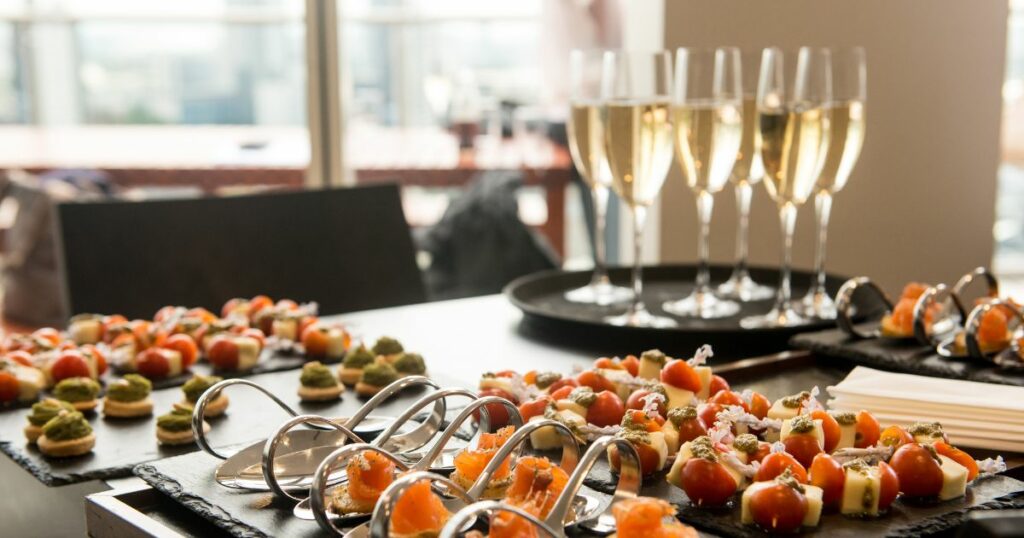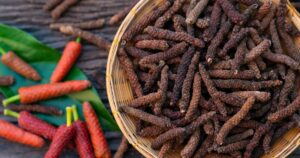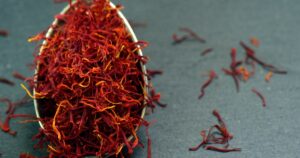The Basics of Champagne Pairing
Before we dive into specific pairings, let’s establish some basic guidelines for champagne pairing:
- Acidity Matters: Champagne’s high acidity helps cleanse the palate, making it an ideal partner for rich and fatty foods.
- Sweetness Levels: Consider the sweetness of the champagne. Brut, Extra Brut, and Brut Nature are drier and complement savoury dishes, while sweeter varieties like Demi-Sec or Doux are better suited for desserts.
- Flavour Profile: Pay attention to the flavour profile of the champagne. Some have notes of citrus, green apple, or stone fruits, while others offer hints of toast, brioche, or nuts.
- Texture and Bubbles: The effervescence and fine bubbles in champagne can contrast or complement the texture of your dish. Creamy dishes may benefit from the effervescence, while crispy or fried foods can be enhanced by the contrast.
Pairing Champagne with French cuisine
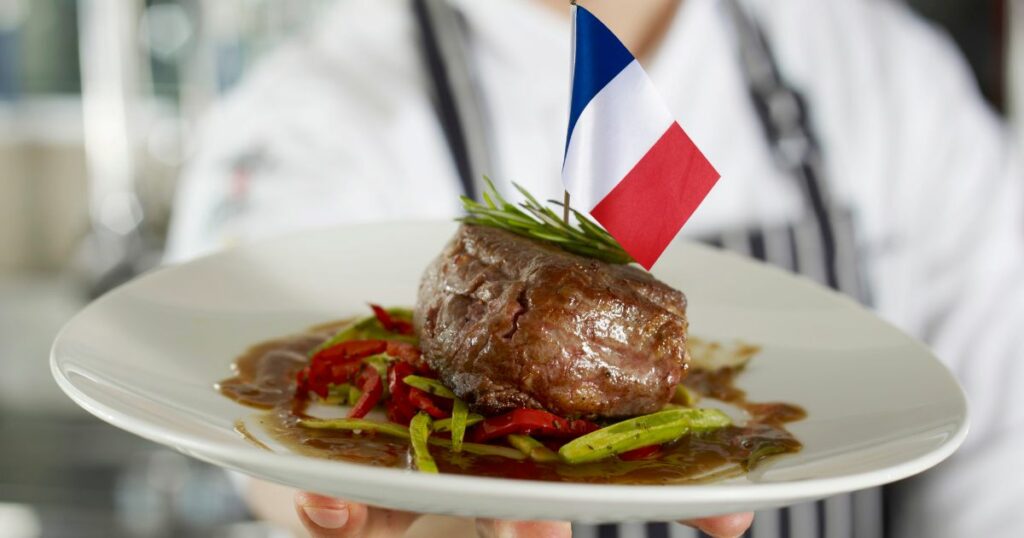
Champagne and French cuisine are a match made in heaven. The crisp acidity and effervescence of champagne complement classic French dishes such as coq au vin, foie gras, and escargot. The bright acidity of champagne cuts through the richness of these dishes, providing a refreshing contrast.
Entrées
1. Foie Gras
Flavour Profile: Foie gras has a rich, buttery, and delicate flavour, often served with a sweet and tangy sauce like fig jam or a balsamic reduction to balance its richness.
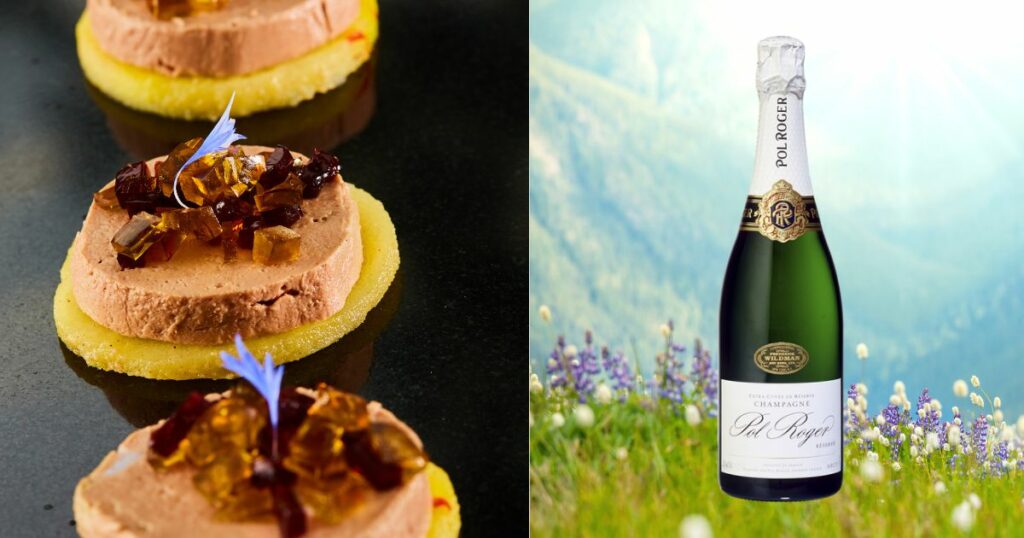
Champagne Pairing: Pol Roger Brut Réserve
Colour Profile: Pol Roger Brut Réserve has a straw yellow colour with golden highlights. Its fine bubbles and creamy texture on the palate complement the silky, rich texture of foie gras.
Why This Pairing Works: The effervescence of the champagne cuts through the richness of the foie gras, while its balanced acidity and subtle sweetness match well with any accompanying sweet elements.
2. Oysters
Flavour Profile: Oysters have a fresh, briny flavour with a slight metallic finish, often served raw with a squeeze of lemon or a mignonette sauce.
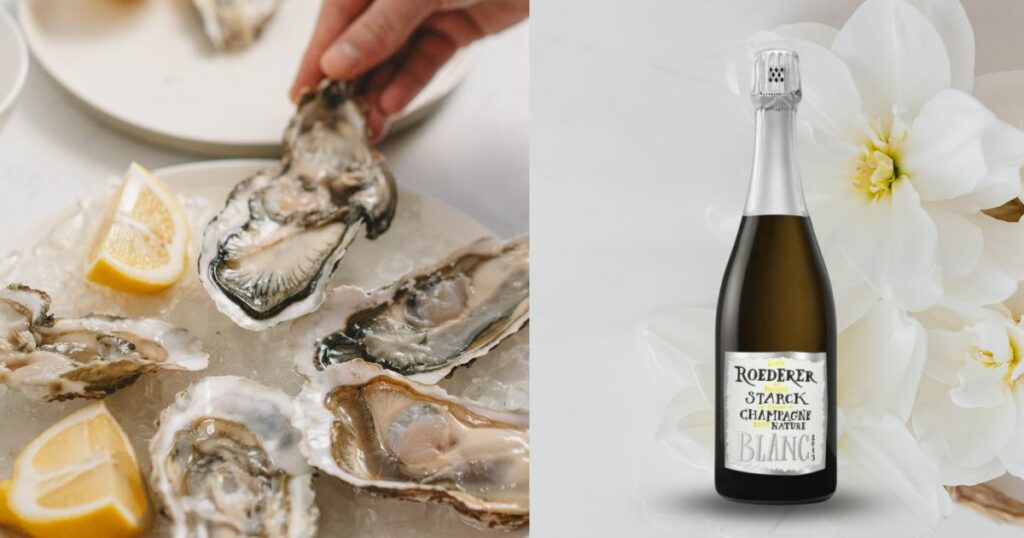
Champagne Pairing: Louis Roederer Brut Nature 2012
Colour Profile: This champagne has a pale yellow colour with greenish reflections, showcasing vibrant effervescence and a bright clarity that echoes the freshness of oysters.
Why This Pairing Works: The crisp, mineral quality of this champagne, with its zero dosage (no added sugar), enhances the natural saltiness and fresh flavours of the oysters without overwhelming them.
3. Escargots de Bourgogne (Snails in Garlic Herb Butter)
Flavour Profile: These snails are cooked in a savory mixture of garlic, parsley, and butter, offering a rich, earthy, and slightly nutty taste.
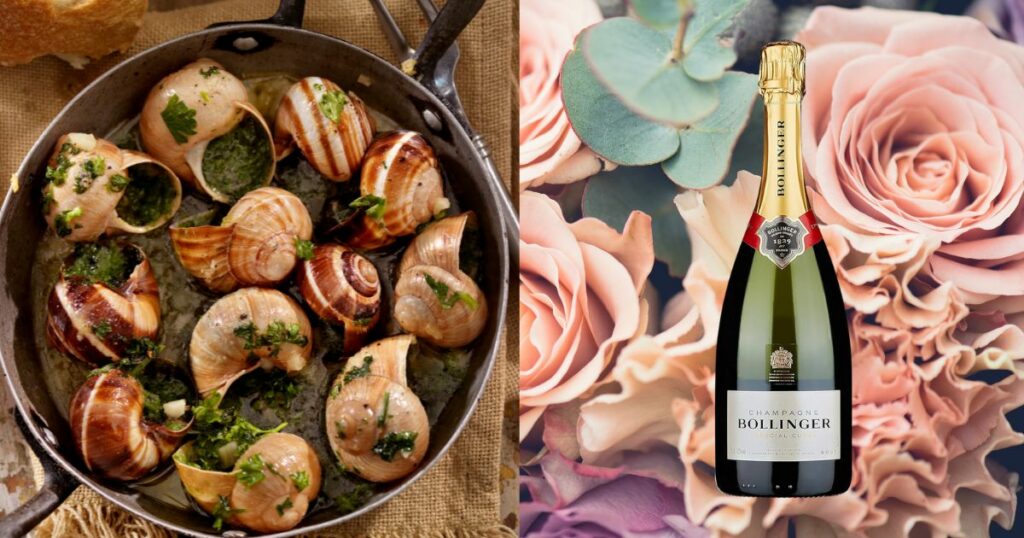
Champagne Pairing: Bollinger Special Cuvée
Colour Profile: Bollinger Special Cuvée has a deep golden colour, indicative of its rich, complex flavour profile with apple, pear, and spicy aromas.
Why This Pairing Works: The full-bodied nature of Bollinger, with its complex, yeasty notes and robust structure, can stand up to the bold flavours of the garlic and herbs while refreshing the palate between bites.
Main Courses
1. Coq au Vin
Flavour Profile: This venerable dish consists of chicken braised with wine, mushrooms, onions, and lardons, offering a rich, profound flavour accented by notes of thyme and bay leaf.
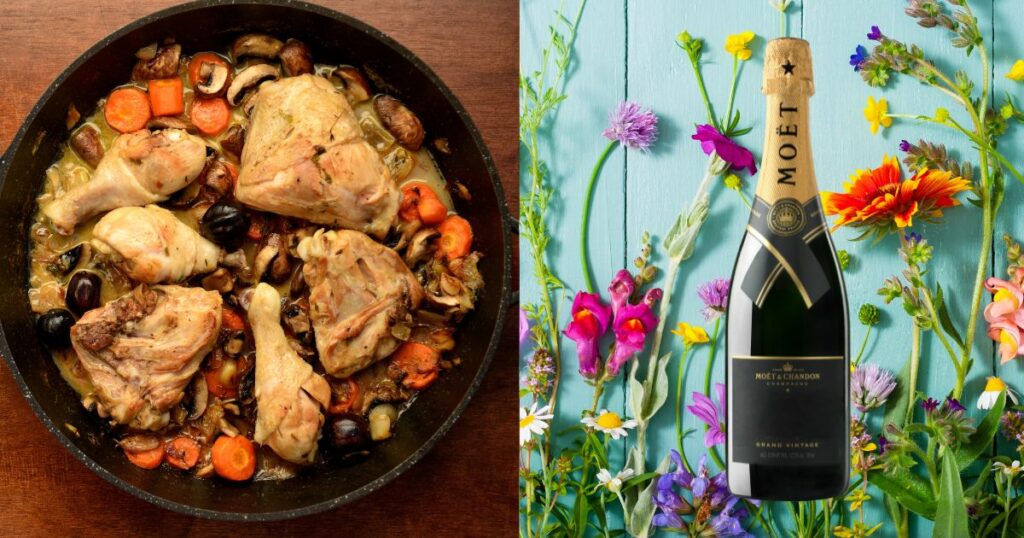
Champagne Pairing: Moët & Chandon Grand Vintage
Colour Profile: The champagne showcases a golden straw hue with amber undertones, signifying its maturity and intricate flavour composition, which encompasses apple, pear, and citrus, with hints of nuts and brioche.
Why This Pairing Works: The champagne’s rich, layered flavours and lively acidity provide a refreshing contrast to the dish’s richness, cleansing the palate and enhancing the savoury taste.
2. Boeuf Bourguignon
Flavour Profile: A quintessential French stew made from beef slowly braised in red wine, typically Burgundy, with carrots, onions, garlic, and a bouquet garni, resulting in tender meat with a complex, wine-infused sauce.
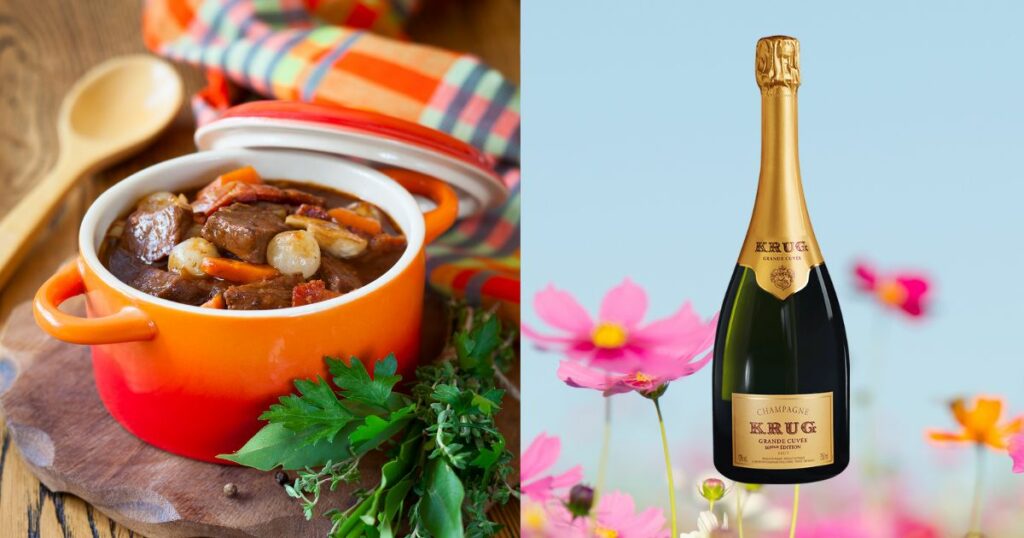
Champagne Pairing: Krug Grande Cuvée
Colour Profile: This champagne is distinguished by its deep golden colour and fine, vigorous bubbles. Its aroma is rich with notes of toasted bread, hazelnuts, nougat, barley sugar, and ripe apples, reflecting its complexity and depth.
Why This Pairing Works: Krug Grande Cuvée, with its full-bodied texture, intricate blend of flavours, and remarkable depth, mirrors the complexity of the Boeuf Bourguignon. The effervescence and acidity of the champagne cut through the richness of the dish, offering a palate-cleansing effect that enhances the stew’s deep flavours.
3. Duck Confit
Flavour Profile: This dish features duck legs cooked slowly in their own fat until they are tender, boasting a crispy skin and succulent flesh with a rich, buttery, and subtly salty flavour.
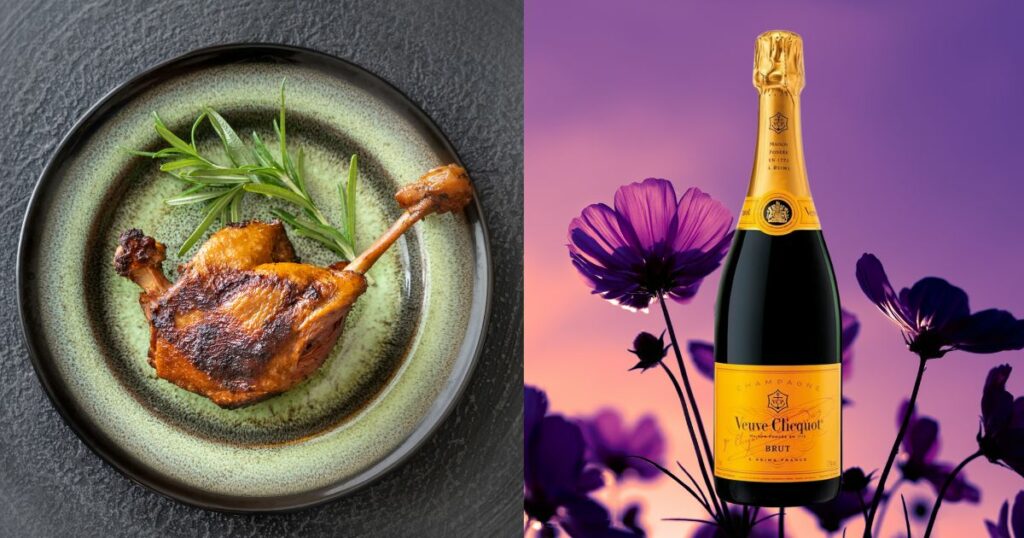
Champagne Pairing: Veuve Clicquot Yellow Label Brut
Colour Profile: The champagne presents a luminous, golden-yellow colour, indicative of its robust body and harmonious structure. It exudes aromas of white fruits, vanilla, and brioche, making it rich yet approachable.
Why This Pairing Works: The strength of Veuve Clicquot, characterized by its full body and delicate bubbles, complements the richness of the duck confit. The champagne’s acidity and effervescence slice through the fat, refreshing the palate and balancing the dish’s hearty essence.
Desserts
1. Tarte Tatin
Flavour Profile: This upside-down pastry features caramelised apples atop a buttery, crisp crust. The apples are sweet and tangy, enriched with caramel for a deep, comforting flavour.
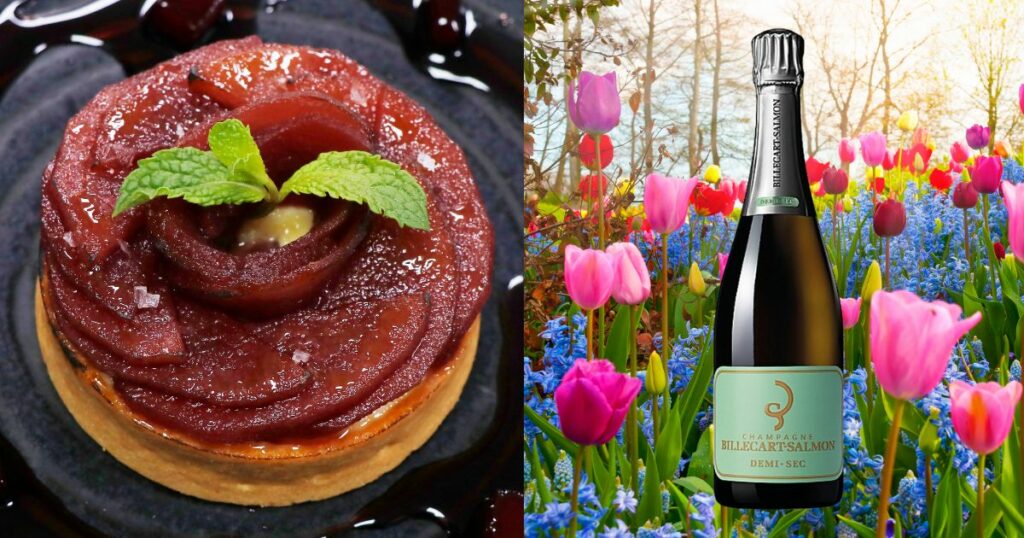
Champagne Pairing: Billecart-Salmon Demi-Sec
Colour Profile: The champagne exhibits a golden hue, indicative of its ripe, fruity character and demi-sec sweetness. It sparkles with lively bubbles, suggesting a refreshing counterbalance to the dessert’s richness.
Why This Pairing Works: The demi-sec champagne, with its inherent sweetness and vibrant acidity, complements the caramelised apples and buttery crust. The effervescence of the champagne cleanses the palate, enhancing each bite of the dessert.
2. Crème Brûlée
Flavour Profile: A rich custard base topped with a contrasting layer of hard caramel. It’s creamy, with vanilla and caramel notes, offering a balance of textures from the smooth custard to the crisp, caramelised sugar.
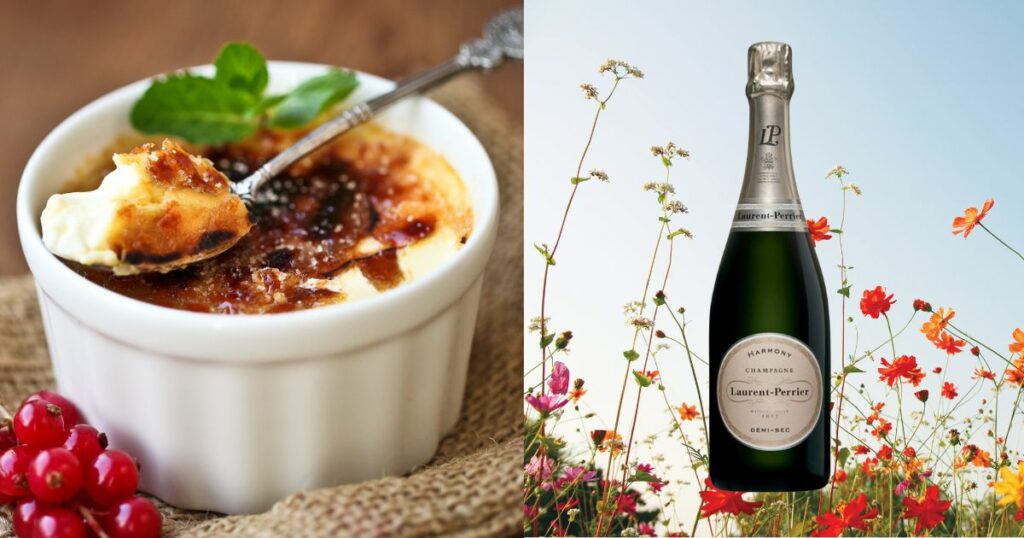
Champagne Pairing: Laurent-Perrier Harmony Demi-Sec
Colour Profile: This champagne has a pale gold colour with fine, persistent bubbles. Its appearance suggests a delicate balance between sweetness and acidity, with hints of fruit and toasted notes.
Why This Pairing Works: The Harmony Demi-Sec’s slight sweetness mirrors the custard’s creamy richness, while its acidity and effervescence prevent the dessert from feeling overly heavy, cutting through the sweetness of the caramelised top.
3. Chocolate Fondant
Flavour Profile: A gooey, molten chocolate cake with a warm, liquid centre. It combines the richness of dark chocolate with a hint of sweetness, enveloped in a soft, cakey texture.
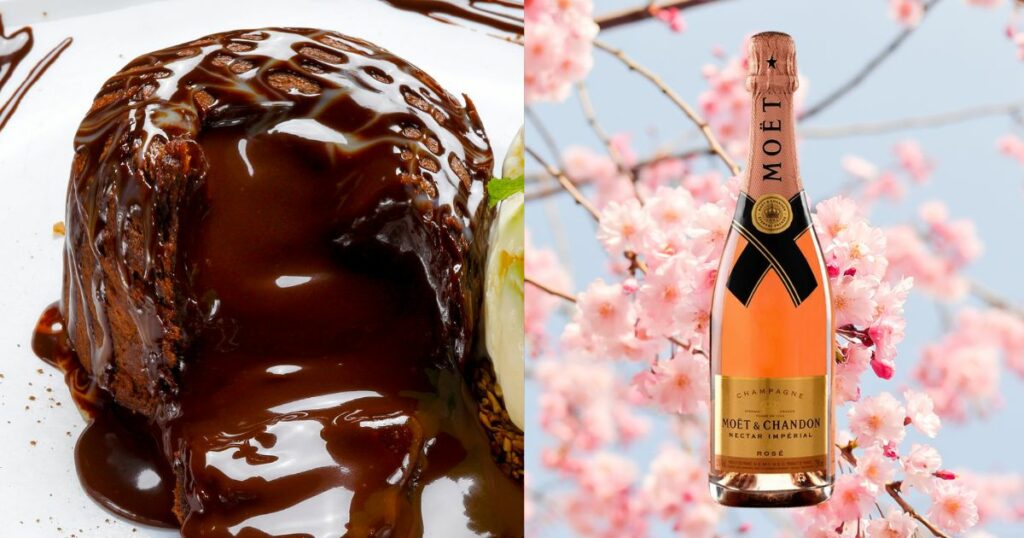
Champagne Pairing: Moët & Chandon Nectar Impérial Rosé
Colour Profile: The champagne presents a vibrant, deep pink colour with amber highlights. Its lively bubbles and full body suggest a rich, fruity profile that can stand up to bold flavours.
Why This Pairing Works: The Nectar Impérial Rosé, with its rich, fruity character and hint of sweetness, complements the intense chocolate flavour without overwhelming it. The champagne’s structure and slight sweetness enhance the chocolate’s richness, creating a harmonious balance.
Pairing champagne with seafood and Sushi
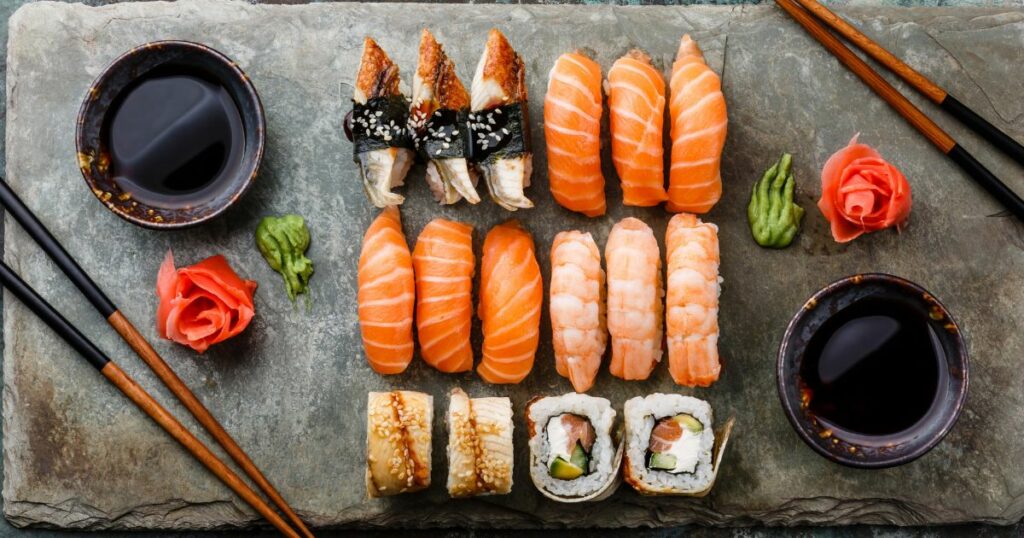
The delicate flavours of seafood and sushi call for a champagne that doesn’t overpower. A Brut or Blanc de Blancs champagne, with its citrusy and mineral notes, harmonises perfectly with oysters, scallops, and sushi. The bubbles cleanse the palate, preparing it for the next delightful bite.
Pairing champagne with spicy Cuisine
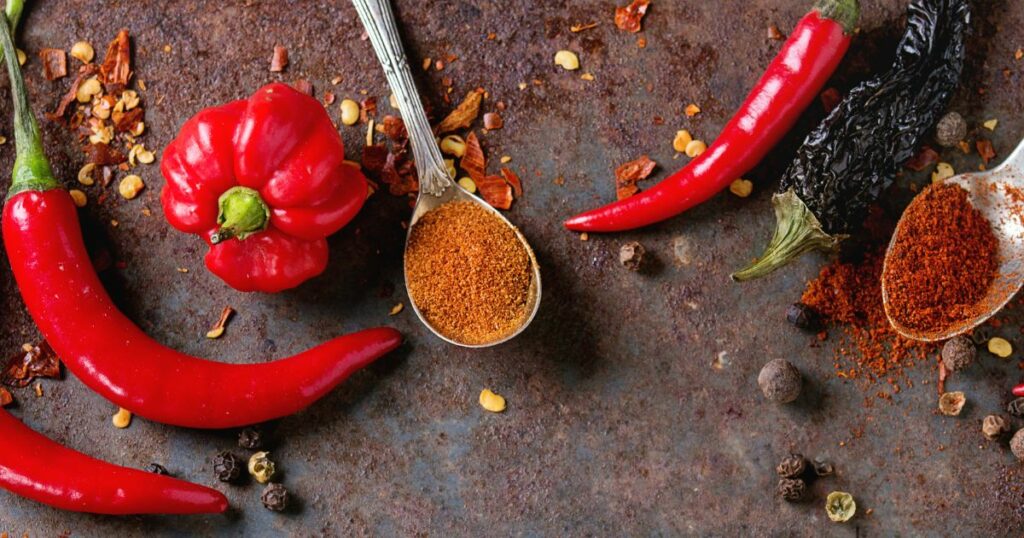
Spicy foods, like Thai, Indian, or Mexican dishes, can be challenging to pair with wine. Champagne’s effervescence and acidity help mitigate the heat, making it an excellent choice. Opt for a sweeter champagne, like a Demi-Sec or Rosé, to balance the spice.
Pairing champagne with Italian Cuisine
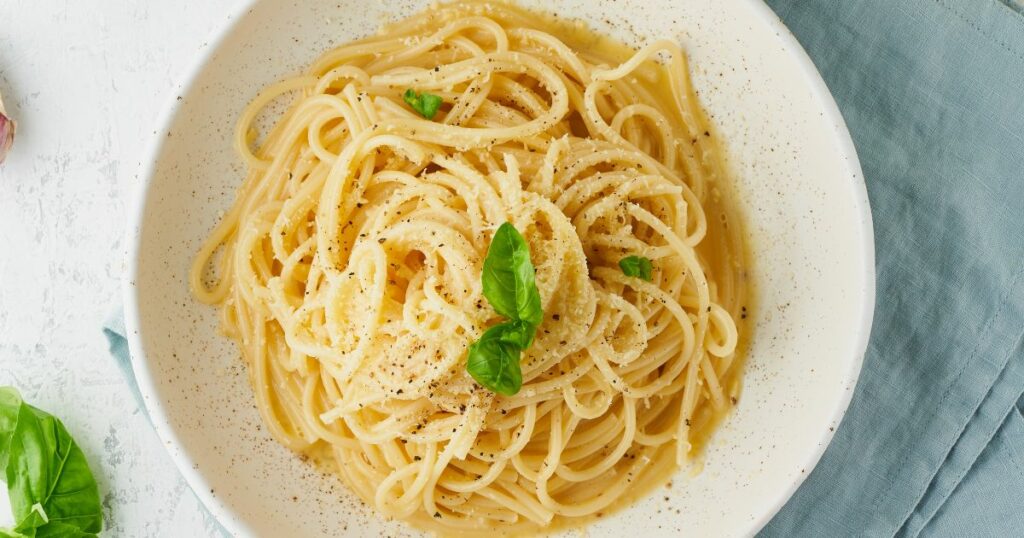
Italian cuisine offers a diverse range of flavours, from pasta dishes to rich risottos. For pasta with cream-based sauces, try a Blanc de Noirs champagne to complement the creaminess. For tomato-based pasta or pizza, a crisp Brut champagne with its acidity can cut through the acidity of the tomatoes and balance the dish.
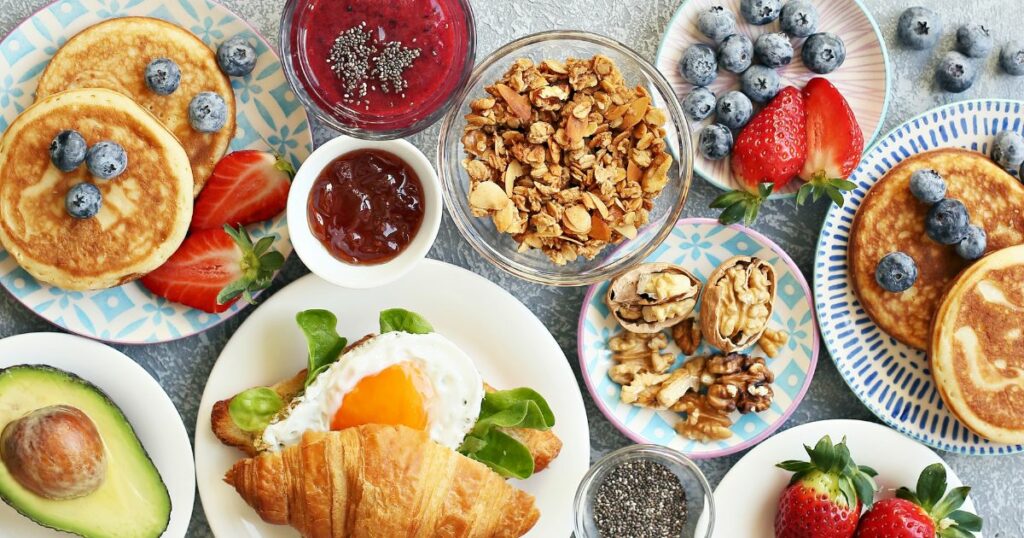
Pairing champagne with brunch and Breakfast
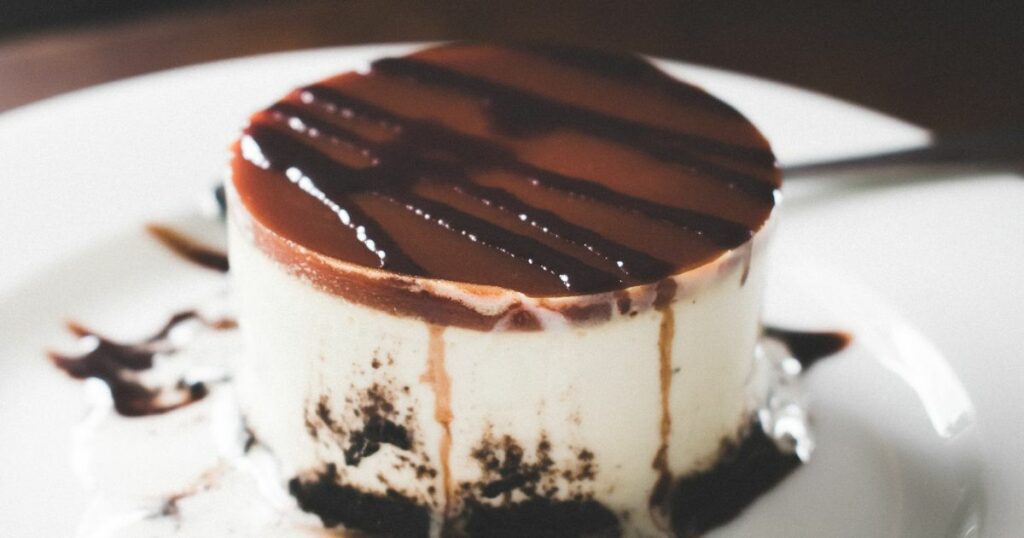
Champagne is a brunch favourite. Pair it with eggs Benedict, smoked salmon, or a cheese and charcuterie board. The bubbly and toasty notes in champagne enhance the flavours of these morning delights.
6. Desserts
Champagne can even accompany desserts. A sweet Demi-Sec or Doux champagne goes beautifully with fruity desserts like tarts and fruit salads. For chocolate-based desserts, a Blanc de Noirs with its red fruit notes can be an unexpected but delightful choice.
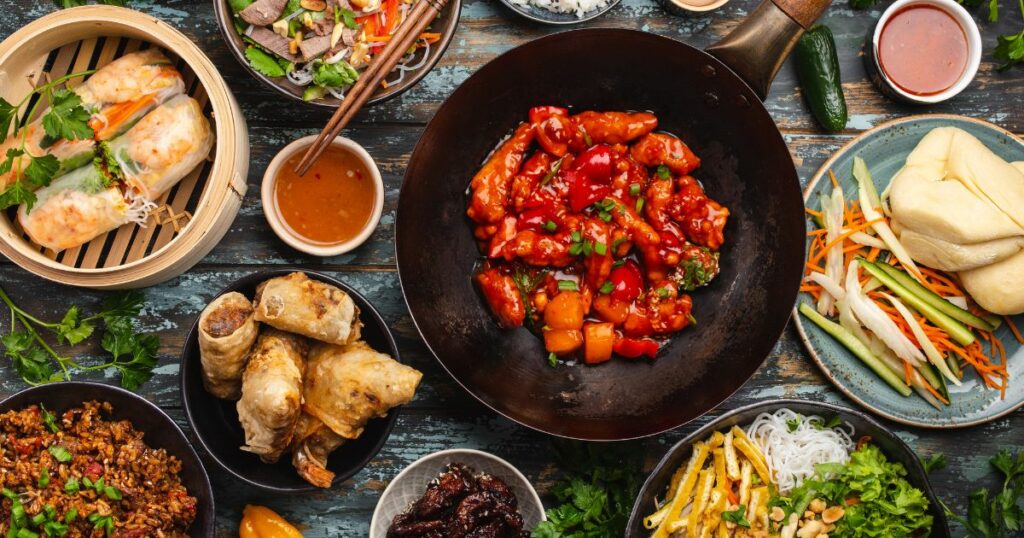
7. Asian Cuisine
The complexity and diversity of Asian cuisine offer a multitude of pairing opportunities. For sushi and sashimi, a crisp Brut champagne complements the delicate flavours and cleanses the palate between bites. For spicy Thai dishes, opt for a slightly sweeter champagne to balance the heat. Chinese cuisine, with its sweet and sour elements, pairs well with a Brut Nature champagne.
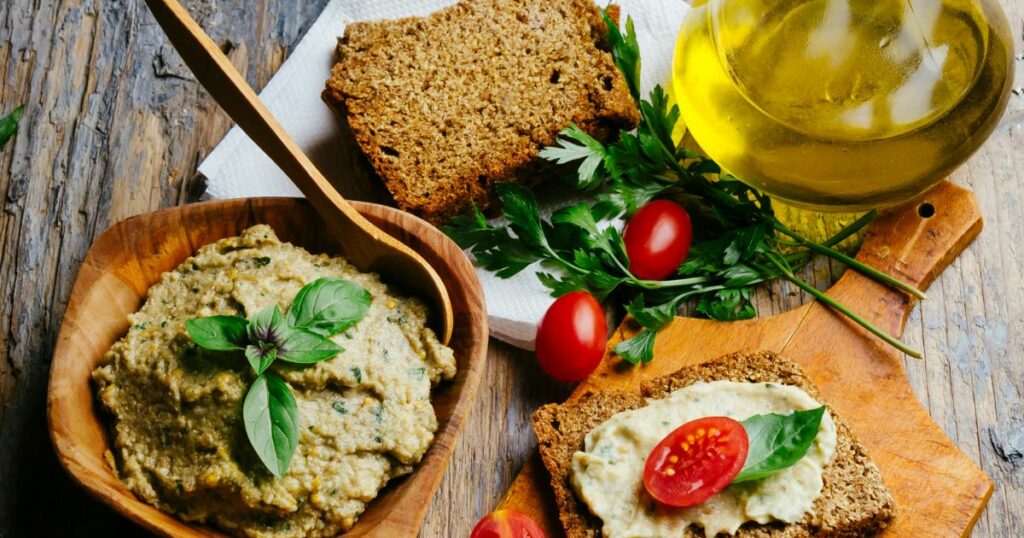
8. Mediterranean Cuisine
Mediterranean dishes often feature fresh ingredients and bold flavours. Pair a Rosé champagne with Greek mezze, such as hummus, tzatziki, and grilled vegetables. The fruitiness of the Rosé complements the Mediterranean herbs and spices. For grilled seafood or kebabs, a Blanc de Blancs champagne with its citrusy notes is a delightful choice.
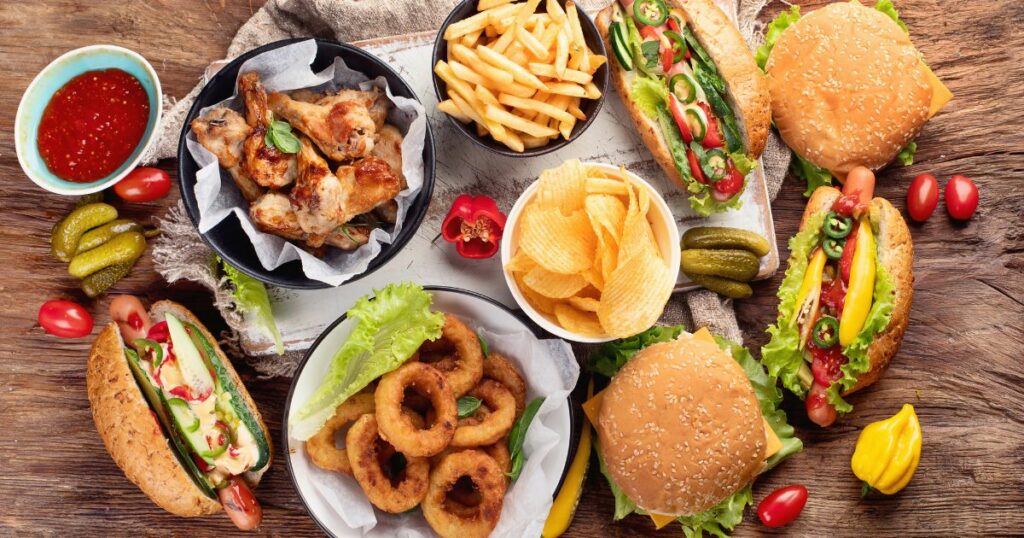
9. American Comfort Food
Comfort foods like fried chicken, macaroni and cheese, and burgers can be elevated with champagne. The effervescence and acidity cut through the richness, providing a delightful contrast. Opt for a Brut champagne to balance the flavours.
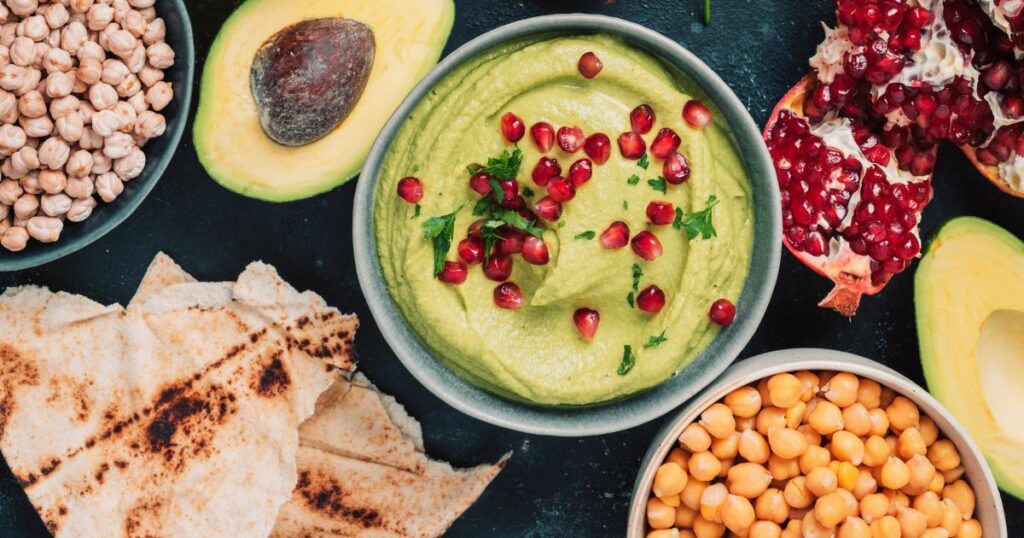
10. Vegetarian and Vegan Cuisine
Champagne is also a fantastic choice for vegetarian and vegan dishes. Its versatility allows it to complement a wide range of flavours, from light salads to hearty vegetable stews. Pair a Brut champagne with a vegetable risotto or a Rosé with a fresh, herbaceous salad.
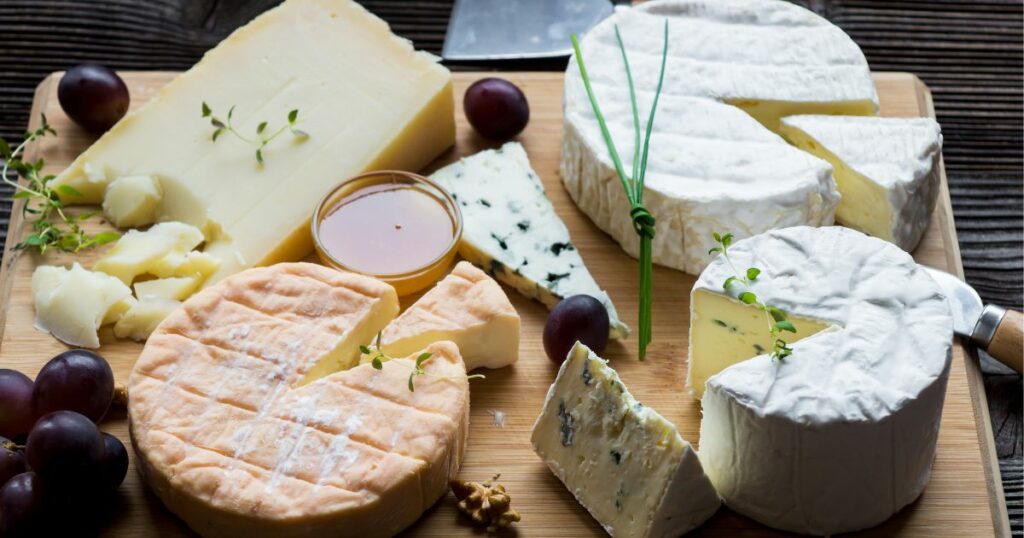
11. Cheese Pairing
Champagne and cheese are a classic combination. The bubbles and acidity in champagne cleanse the palate between bites of cheese, enhancing the overall tasting experience. For soft and creamy cheeses, like Brie or Camembert, go for a Blanc de Blancs. For harder cheeses, such as Parmesan or aged cheddar, opt for a Brut champagne.
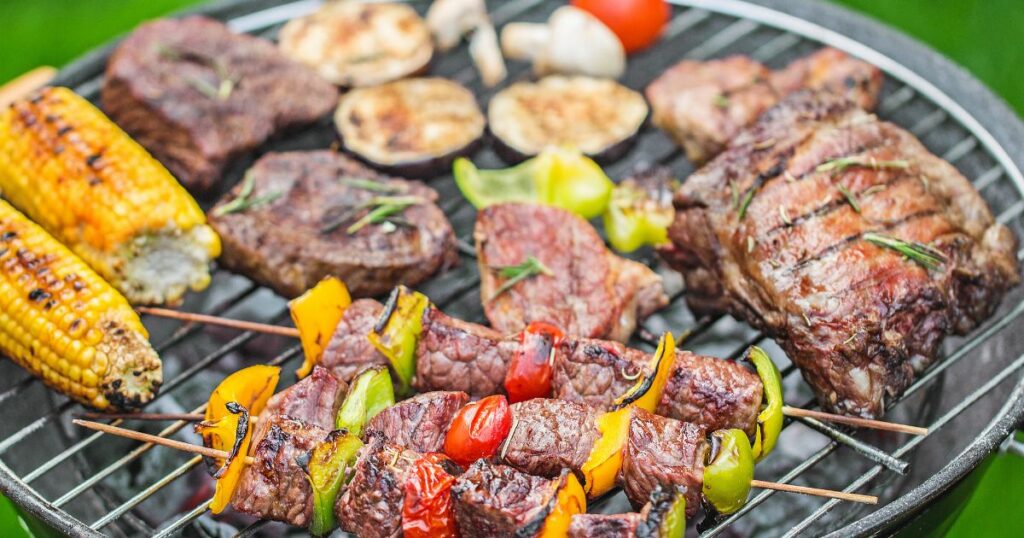
12. Barbecue and Grilled Meats
Barbecue and grilled meats can be enhanced by the smoky flavours and charred textures when paired with champagne. A Brut champagne’s acidity complements the rich, savoury notes of grilled steaks and sausages.
Conclusion
Champagne pairing is an art that can enhance your culinary experiences in various ways. Understanding the fundamentals of acidity, sweetness, flavour profiles, and textures will help you create harmonious pairings that leave a lasting impression on your palate. So, the next time you enjoy a meal, don’t forget to
𐡸 𐡸 𐡸 𐡸 𐫱 𐡷 𐡷 𐡷 𐡷
Frequently asked questions
Yes, but it’s essential to consider the champagne’s sweetness level, acidity, and flavour profile when pairing it with food. Brut and Blanc de Blancs are versatile choices, but sweeter champagnes like Demi-Sec work well with desserts.
While there are guidelines, pairing champagne with food is also about personal preference. Experiment and trust your taste buds to discover unique and enjoyable pairings.
Absolutely! Champagne’s effervescence and acidity can balance the heat in spicy dishes. Opt for a sweeter champagne to counteract the spice.
For seafood, opt for a champagne with crisp acidity and citrusy notes, such as Brut or Blanc de Blancs. These complement the delicate flavours of seafood.
Champagne can elevate everyday meals, not just special occasions. Its versatility makes it a delightful addition to a wide range of dishes, from brunch to dinner.
